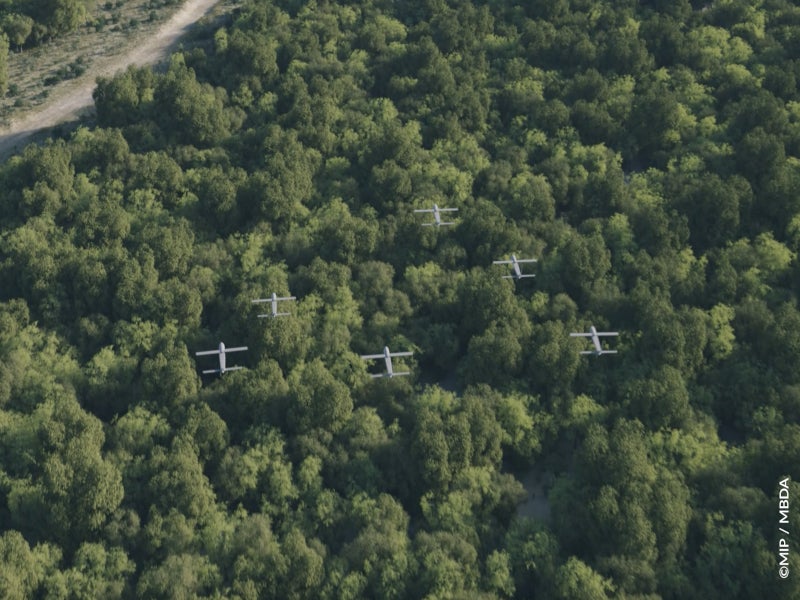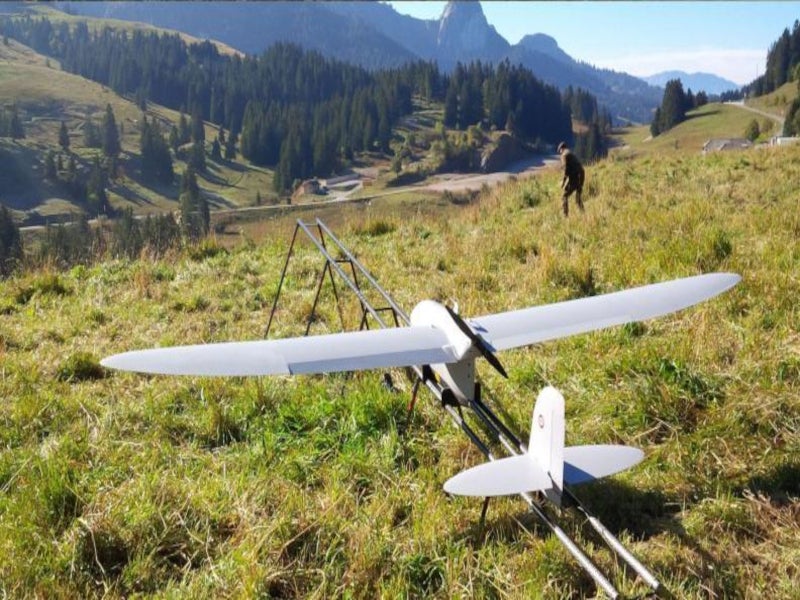Larinae is a medium-range remotely operated munition system being developed in parallel for the French army by two consortia of companies as part of the Larinae project.
The project intends to provide a drone equipped with an anti-tank warhead, which is currently lacking in the French military’s arsenal.
The Directorate General of Armaments and the French Defence Innovation Agency (AID) called for the Larinae project to carry out research on a low-cost system for countering long-range targets, particularly those at more than 50km, in May 2022.
In June 2023, the AID selected a consortium led by MBDA, a European defence company, and a consortium led by weapons manufacturer NEXTER Arrowtech, to develop systems capable of managing armoured targets. Both projects include a pyrotechnic charge.
The first demonstrator is expected to be presented at the end of 2024. The projects will support the Ministry of the Armed Forces to be prepared for the acquisition of new weapons.
Proposals for the remotely operated munition system
The MBDA consortium proposes to develop a drone weighing approximately 10kg with deployable wings to achieve compactness, transportability and deployment features. The remote-controlled drone will be capable of neutralising an armoured target within a radius of 50km.
The consortium led by NEXTER, a part of land defence company KNDS, comprises EOS Technologie, an unmanned aerial system manufacturer, and TRAAK, a tracker manufacturing company. It intends to develop a 10kg surveillance drone with vertical take-off and landing.
The NEXTER consortium’s drone will be capable of operating in conditions without a global positioning system (GPS), which will increase its endurance and enable it to survey for more than three hours in a possibly larger environment, even without a GPS signal.
Operational features of the Larinae munition system
The Larinae munition system will feature metric targeting precision with the ability to neutralise an armoured vehicle either by direct impact or by delivering ammunition. It will be easy to deploy for any operation without the need for a track or prepared terrain to take off.
The drone will be able to fly autonomously for a minimum of 60 minutes in a designated region 50km from the point of implementation. It will offer a secure implementation guarantee to the operators preventing any risk of service denial or takeover of the device by external elements.
Its powerful functionality will make it possible to maintain the vector in a volume set by the operator, while also allowing the operator to stay informed on parameters or other statuses of the system even if it is non-functional.
Additional features
The drone’s functions will be extended for enhanced impact on diverse targets such as personnel, heavy armour and naval targets, based on the operational features and performance of the drone. Its capacity can be extended to striking a moving target at a speed of about 50km/h. Its piercing and exploding capability inside a building will also be improved.
Autonomy and range will be increased, while the footprint for implementation and mass will be significantly reduced. The system’s ability for safe recovery in case of failure to operate in a challenging environment, such as jammed communication signals, will also be improved.
MBDA consortium’s MUTANT concept details
MBDA-led consortium’s propelled and guided MUTANT concept is based on a minimum viable product approach dedicated to the requirements of the customers. It is designed as a true man-in-the-loop weapon system with the ability to strike beyond the line of sight.
MUTANT harnesses the technologies developed by MBDA, particularly the Akeron family, to ensure precision while neutralising armoured and mobile targets, as well as to offer operational reliability and safety.
NEXTER consortium’s concept details
NEXTER proposes to develop a system comprising EOS Technologie’s unmanned aerial vehicle (UAV) system integrated with a core-generating charge (CGN) manufactured by NEXTER and TRAAK’s state-of-the-art GPS-denied navigation system that makes it incapable of being jammed.
The UAV will have a range of at least 80km and an autonomy of three hours. The core-generating charge technology will make the system capable of destroying the active defences of armoured vehicles before piercing the armour.
An optronic ball-equipped system that will allow the operator to observe the terrain and detect any vehicle that is 15km away in the daytime and 3km in the night, thereby improving reusability and allowing it to carry out intelligence operations for making the decision to strike.
The system’s advanced telemetry will keep the human in the loop for making a decision in all scenarios.






